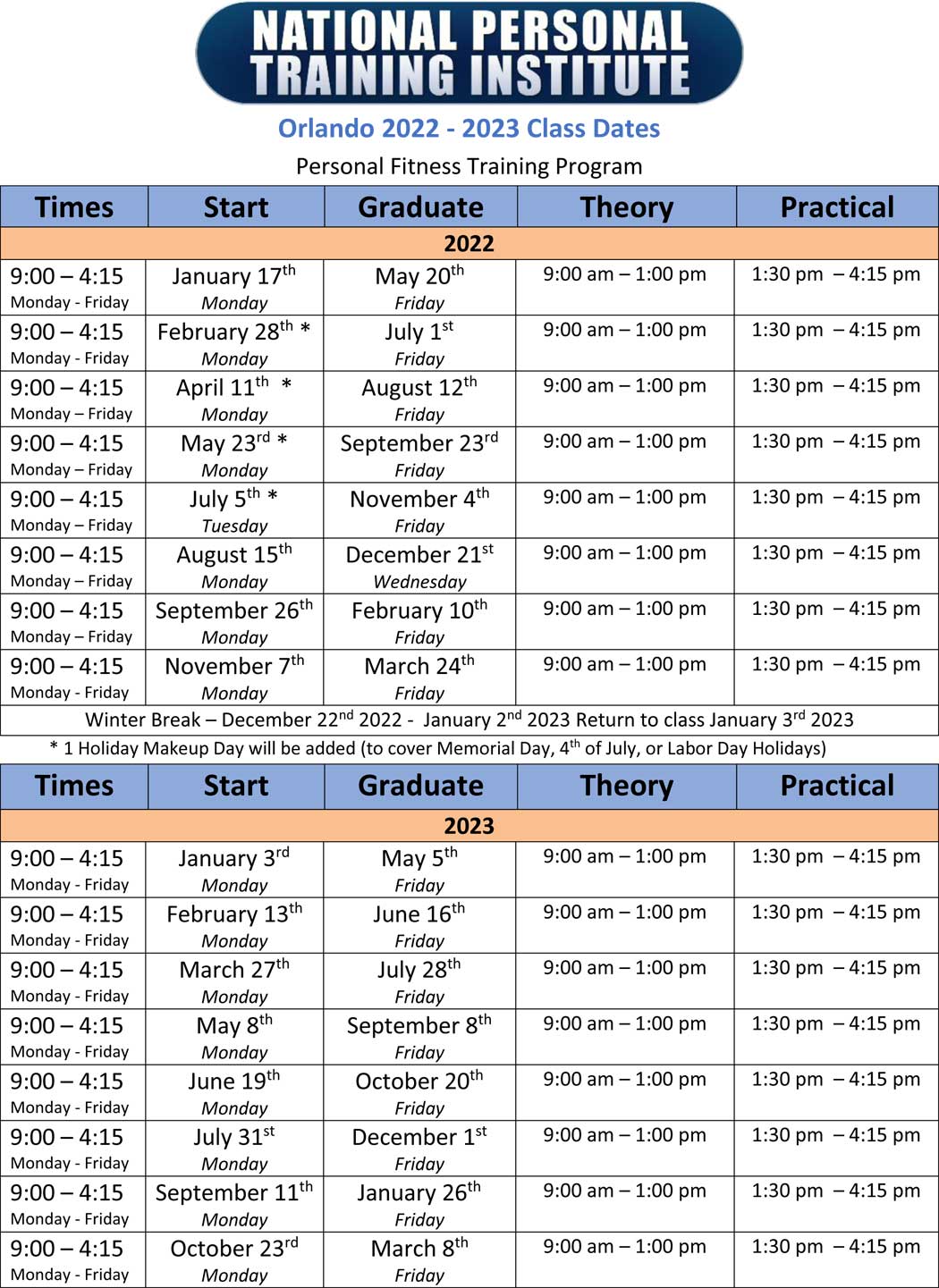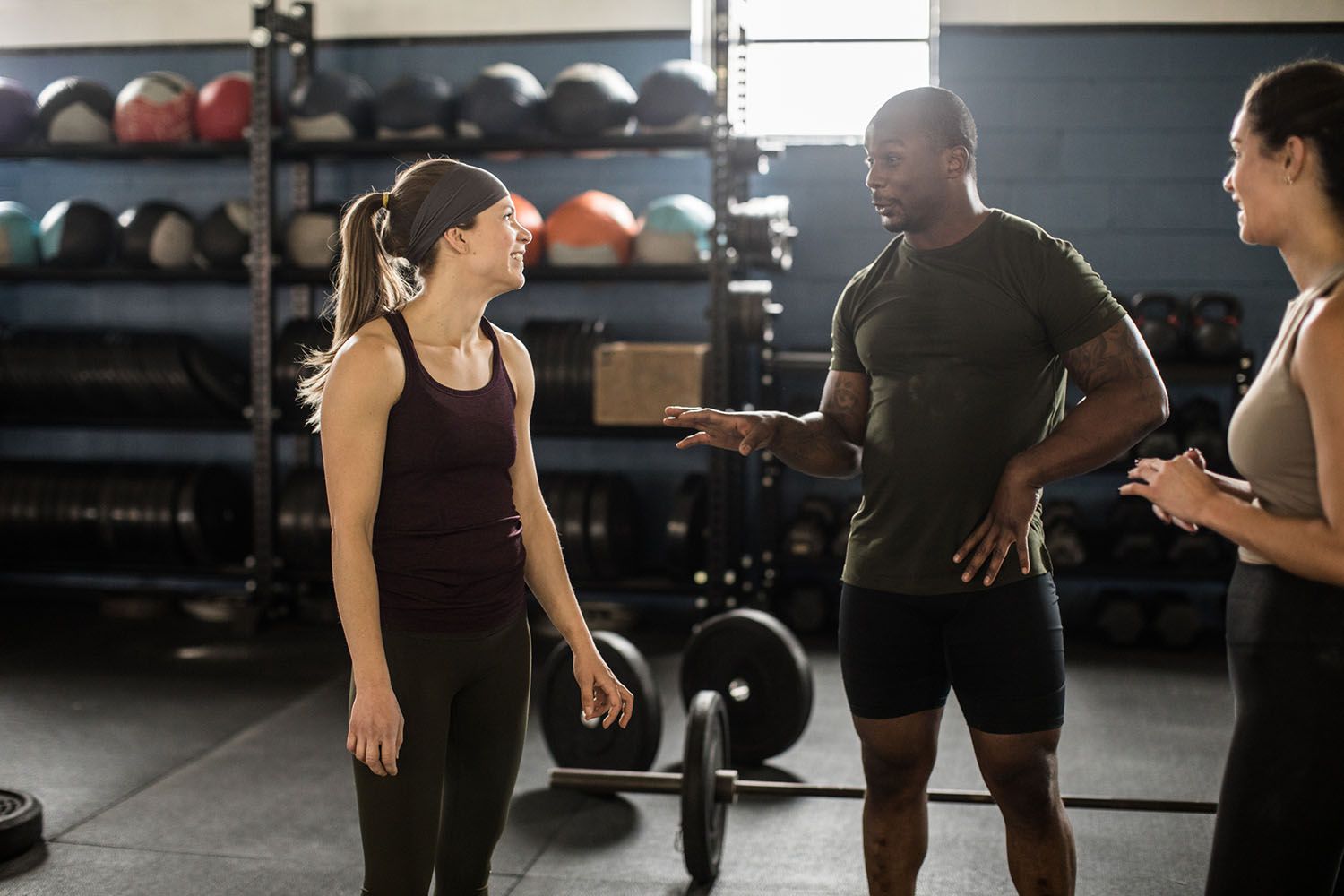
Plyometrics
A good part of any athlete's training routine is plyometrics. The training technique is a combination of exercises that mimic jumping and increase an athlete's speed and explosiveness. Soviet scientists created the first version of this training method during WWII. His findings were published by Dr. Yuri Verkhoshansky in 1964. These studies revealed that jumping training is a good way for athletes to gain strength and explosiveness.
The training methods used in plyometrics are based on scientific principles and are not only useful for athletes. They can also serve as a basis for many other fitness exercises. One-leg bounds for example are a high-intensity exercise that can help athletes increase their explosive power. This training can also improve speed and flexibility of the muscles.
Deadlifts
Deadlifts are a great exercise to build strength and athleticism. You can target large muscle groups such as quadriceps, gluteus maximus and hamstrings. They also improve posture, mobility, and overall mobility. This compound exercise can have many benefits and should be a part of every athlete's daily routine.

A fundamental part of strength-training is the deadlift. It builds trunk stability. There are few other exercises that can accomplish this feat. The deadlift develops coordination and strength in the musculoskeletal and muscular systems, which encourages adaptation and long-term resistance. A lot of ground-based lifts are also built on the deadlift. A good deadlift is beneficial for athletes as well as the general public.
The Mature Athlete's Cycle
The workout plan for a mature athlete includes several phases. Each phase has its own training focus. These phases build general fitness, promote healing, and promote work capacity. The training load for each phase is different depending on how much volume, intensity, rest, and rest are combined.
The macrocycle, which is the longest of all three training cycles, is the longest. It includes the 52-week annual training plan and four training phases. This type of training can be useful for long-term planning because it allows athletes the ability to train for multiple major events simultaneously. For example, a skilled athlete might aim to qualify for the national championship. On the basis of this goal, a multipeak training plan could be developed.
Active recovery
The body needs to rest after an athlete's workout. The heart rate should stay under 70 percent throughout recovery. Do not run faster than your heart rate. The athlete's training load and fitness level will determine the duration of their active recovery workouts. Recovery workouts should last between 30-60% of the regular workout.

If you are unsure about what kind of recovery you want after an athlete workout, consider whether your body is feeling tired or energized. Then, choose activities that you find enjoyable, such as yoga, swimming, cycling, or walking. These low-impact activities can still be fun and engaging if you incorporate beginner stretches.
FAQ
Which Is More Important: Exercise or Diet?
What you are looking to accomplish will determine the answer. Diet is key to losing weight. However, if you want to gain muscle mass, then exercise is the most important factor for building muscles. Because it affects your performance during the day, sleep is the most important factor.
How can I get started in fitness?
Start small. Take 10 minutes each day to walk around your block. This will give you basic movement patterns and give your muscles time to adapt to the new routine. You can then add more steps into your daily exercise routine once you have learned this simple form.
Exercise can I help me lose weight
Yes. Yes. Regular exercise can help you lose weight and burn extra calories. Exercising can increase your metabolism so that you can burn calories even when you're not working out.
What is exercise good for?
Exercise is a great way to lose weight, increase your energy, lower stress levels, strengthen your muscles, and improve your sleep quality. The benefits of exercise include improved moods, better self-esteem, increased productivity, and reduced risk of heart disease.
Is it possible to look too thin?
Yes! Both eating disorders and underweight are unhealthy. It is not normal to be less than your ideal weight. It is possible to feel tired, weak or dizzy and may experience other signs that you are underweight.
What happens if I don't get enough sleep?
Lack of sleep means that your brain does not receive enough signals to regulate hormones. In turn, this can cause you to eat more and gain weight. Insufficient sleep can lead to stress, which can cause overeating.
Statistics
- Globally, 81% of adolescents aged 11-17 years were insufficiently physically active in 2016. (who.int)
- In high-income countries, 26% of men and 35% of women were insufficiently physically active, as compared to 12% of men and 24% of women in low-income countries. (who.int)
- An estimated 110,000 deaths per year could be prevented (cdc.gov)
- Physical activity confers the following maternal and fetal health benefits: a decreased risk of pre-eclampsia, gestational hypertension, gestational diabetes (for example, 30% reduction in risk) (who.int)
External Links
How To
How to Lose Belly Fats More Fast
Belly Fat is usually seen as a problem when we want to lose weight. But if you think about it, Belly Fat is actually a good thing. It's the amount of fat stored around your stomach that protects your organs from getting damaged. Let's find out how to lose belly fat quickly.
The main factors that contribute to our body fat accumulation are stress and inactivity. Because of its stimulation of the production hormone cortisol, stress can make us feel hungry continuously. Cortisol is responsible for an increase in insulin levels. The insulin stores the excess calories as fat. A lack of sleep leads to adrenaline being released into the system which causes an increased appetite. These extra calories can easily be lost through exercise.
There are many ways you can reduce belly fat. You can try any one of them depending upon your budget. Here are some tips to help you get rid of belly fat quickly.
-
Reduce the amount of food you eat. Instead of eating three large meals per day, try to eat smaller meals. This way, you'll consume fewer calories overall.
-
Drink plenty of water. Water flushes out toxins and keeps you hydrated. Drinking water before meals will help you feel fuller for longer, so you don't overeat.
-
Avoid eating unhealthy snacks. If you're looking for quick fixes, snack foods like chips, cookies, candies, etc. might seem tempting. These sweet treats can be tempting, but they are high in empty calories and sugar. Choose healthier alternatives such as whole grains, vegetables, fruits, seeds, nuts and seeds.
-
Strength training should be performed at least 3 times per week. Strength training builds muscle mass that burns more calories, even when it is done while you rest. Strength training strengthens bones, muscles and ligaments. It can also improve the heart, lungs, joints, and other body systems.
-
Walk or stretch regularly. Stretching improves flexibility and mobility which can reduce back pain. Walking is great for burning calories.
-
Reduce alcohol intake. Alcohol adds empty calories to your diet and has no nutritional value whatsoever.
-
You can lose weight slowly. Your current weight is the first step to losing weight. Then, add 5% to 10% to your body weight to get your ideal weight. Once you have determined your ideal weight, you can start to reduce your calorie intake by 500-1000 calories per day until you reach it.
-
Avoid processed foods. These foods are high-in salt, sugar, as well as preservatives. Even though they can be very convenient, these foods lack sufficient nutrients to support your health.
-
Don't skip breakfast! A good breakfast can improve concentration, memory, as well as energy level. Breakfast should contain protein (like eggs), fibre (like oats), as well as complex carbohydrates (like oatmeal).
-
Have regular bowel movements. Bloating and gas can be caused by irregular bowel movements and constipation. This can be prevented by drinking plenty of water and increasing fiber intake.